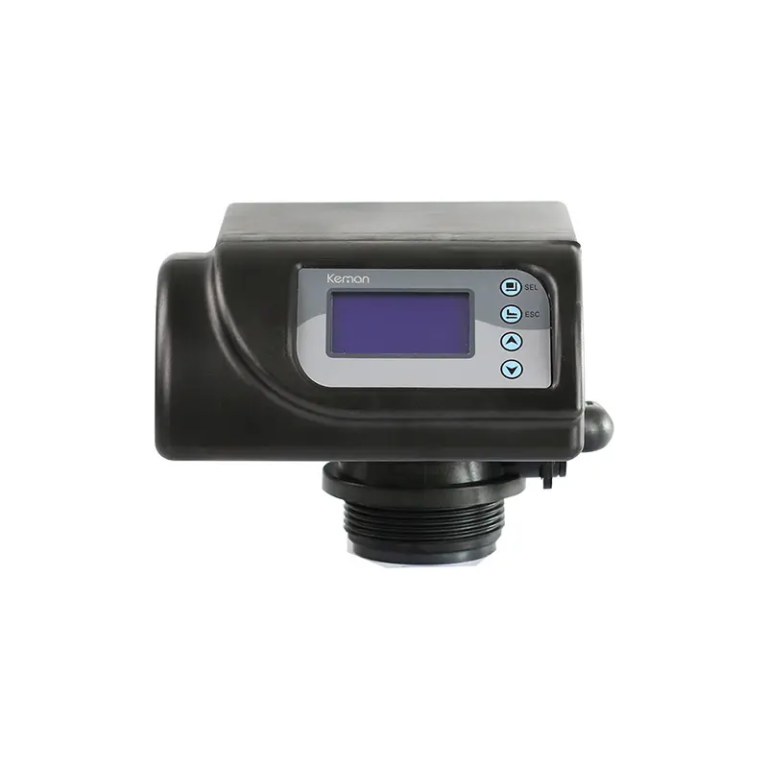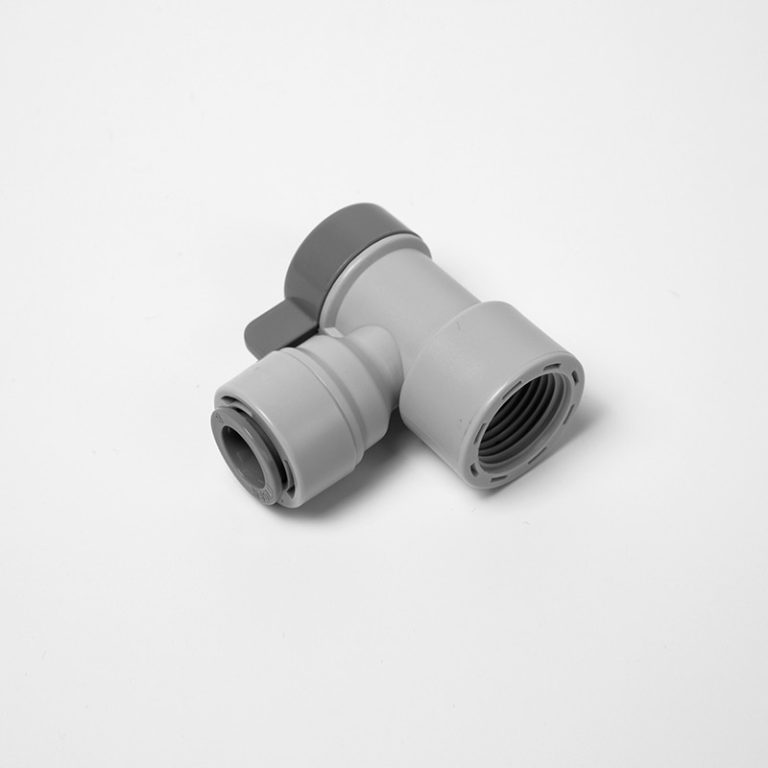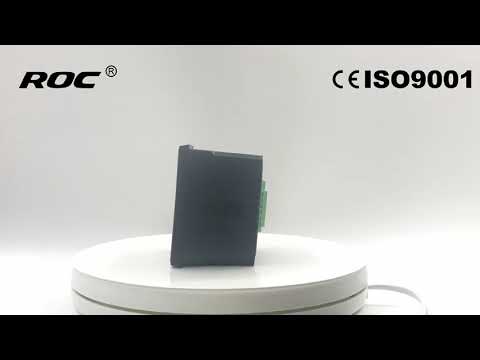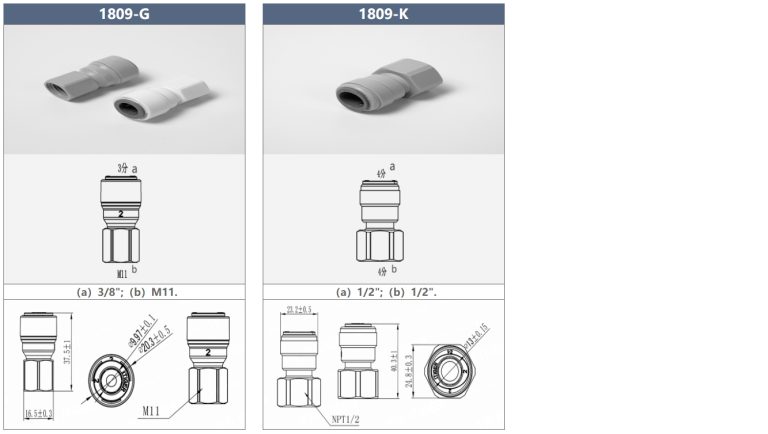“Clarity in measurement, precision in results – measuring turbidity with accuracy.”
Methods for Measuring Turbidity in Water
Turbidity is a key parameter used to measure the clarity of water. It is an important indicator of water quality, as high levels of turbidity can indicate the presence of suspended particles, such as sediment, algae, or other contaminants. Measuring turbidity is crucial for monitoring and managing water resources, as it can impact aquatic ecosystems and human health.
There are several methods for measuring turbidity in water, each with its own advantages and limitations. One common method is the use of a turbidimeter, which measures the amount of light scattered by particles in the water. Turbidimeters are widely used in water treatment plants, research laboratories, and environmental monitoring programs.
Another method for measuring turbidity is the use of a secchi disk. A secchi disk is a simple, circular disk that is lowered into the water until it is no longer visible. The depth at which the disk disappears is a measure of the water’s turbidity. Secchi disks are commonly used by citizen scientists and researchers to monitor turbidity in lakes, rivers, and oceans.
In addition to turbidimeters and secchi disks, turbidity can also be measured using nephelometers. Nephelometers measure the amount of light scattered at a 90-degree angle by particles in the water. This method is often used in research settings to study the optical properties of water and to monitor changes in turbidity over time.
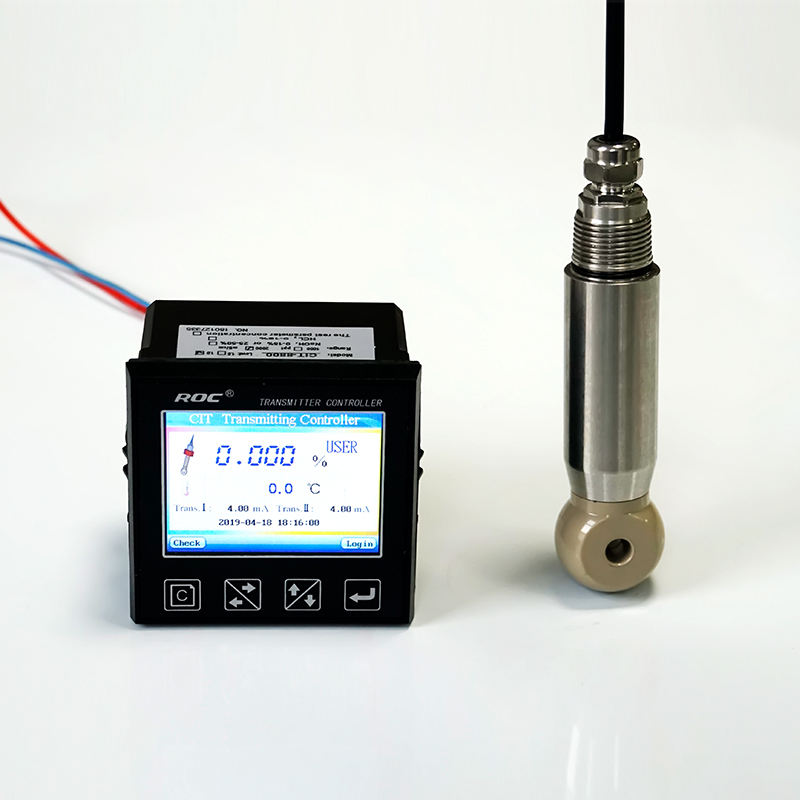
One of the challenges of measuring turbidity is ensuring that the measurements are accurate and consistent. Factors such as the size and shape of particles, the color of the water, and the presence of dissolved substances can all affect turbidity measurements. To address these challenges, it is important to calibrate turbidity instruments regularly and to follow standardized protocols for collecting and analyzing water samples.
In addition to using instruments to measure turbidity, visual observations can also be used to estimate turbidity levels in water. For example, the clarity of water can be assessed by looking at the color and transparency of the water, as well as the presence of suspended particles or debris. While visual observations are subjective and less precise than instrumental measurements, they can still provide valuable information about water quality.
Overall, measuring turbidity is an important tool for monitoring and managing water resources. By accurately measuring turbidity levels, researchers and water managers can assess the impact of human activities on water quality, track changes in water clarity over time, and make informed decisions about water treatment and conservation efforts. Whether using turbidimeters, secchi disks, nephelometers, or visual observations, there are a variety of methods available for measuring turbidity in water, each with its own strengths and limitations. By using a combination of these methods, researchers can gain a comprehensive understanding of water quality and work towards protecting and preserving our valuable water resources.

